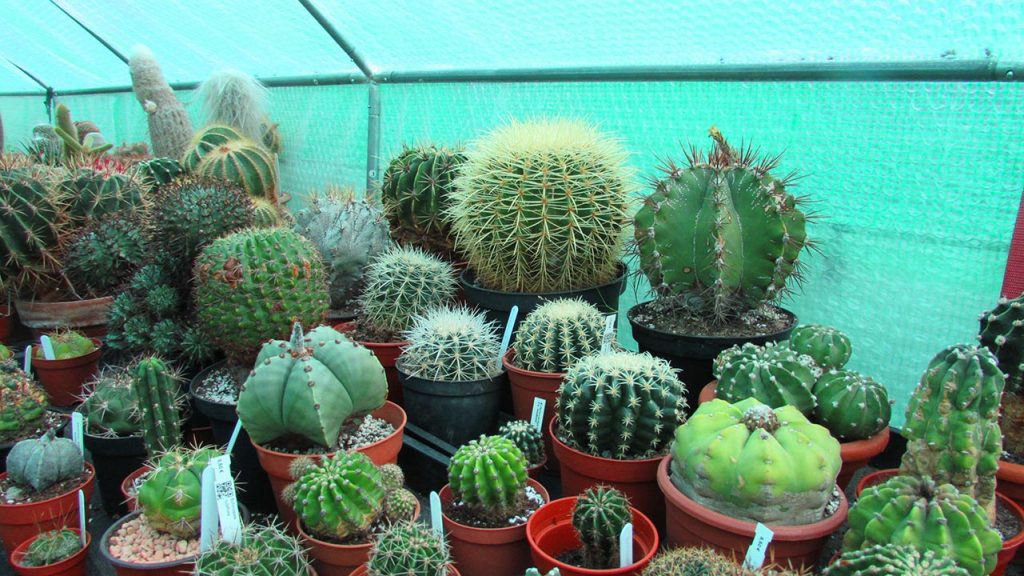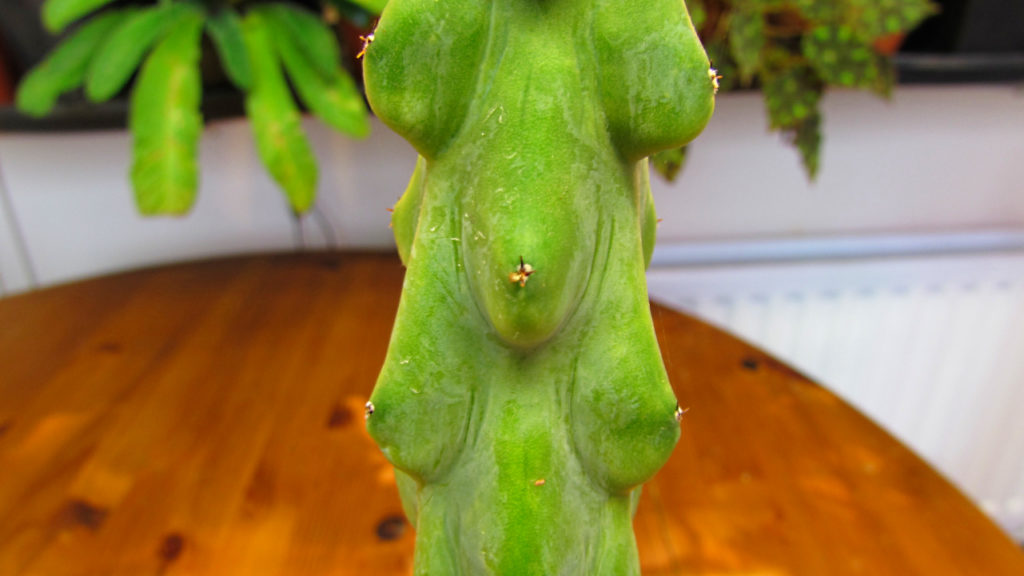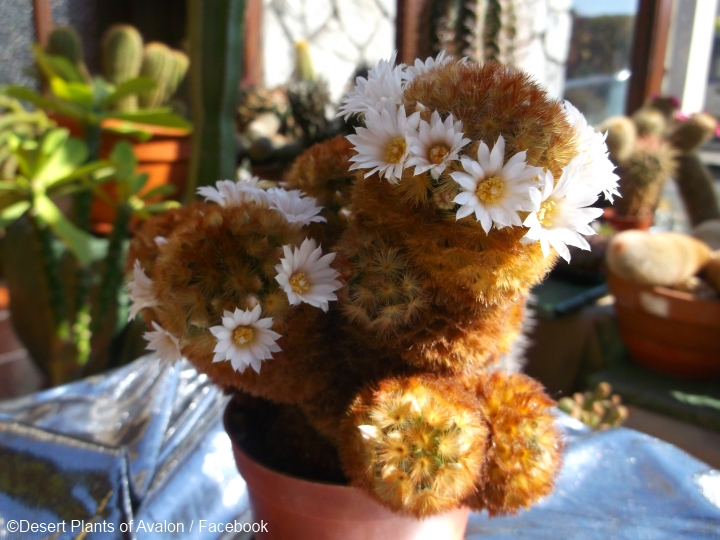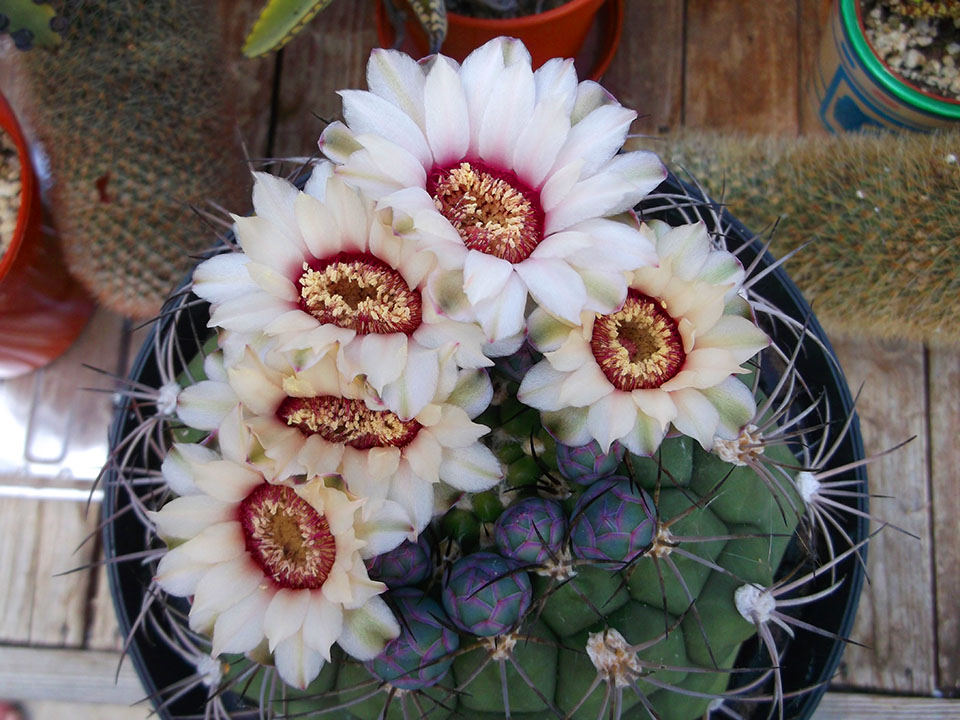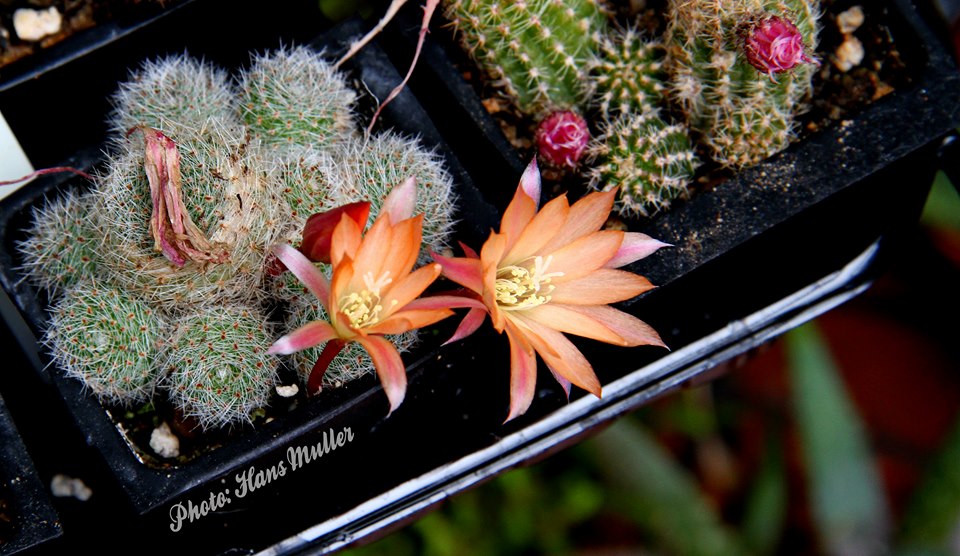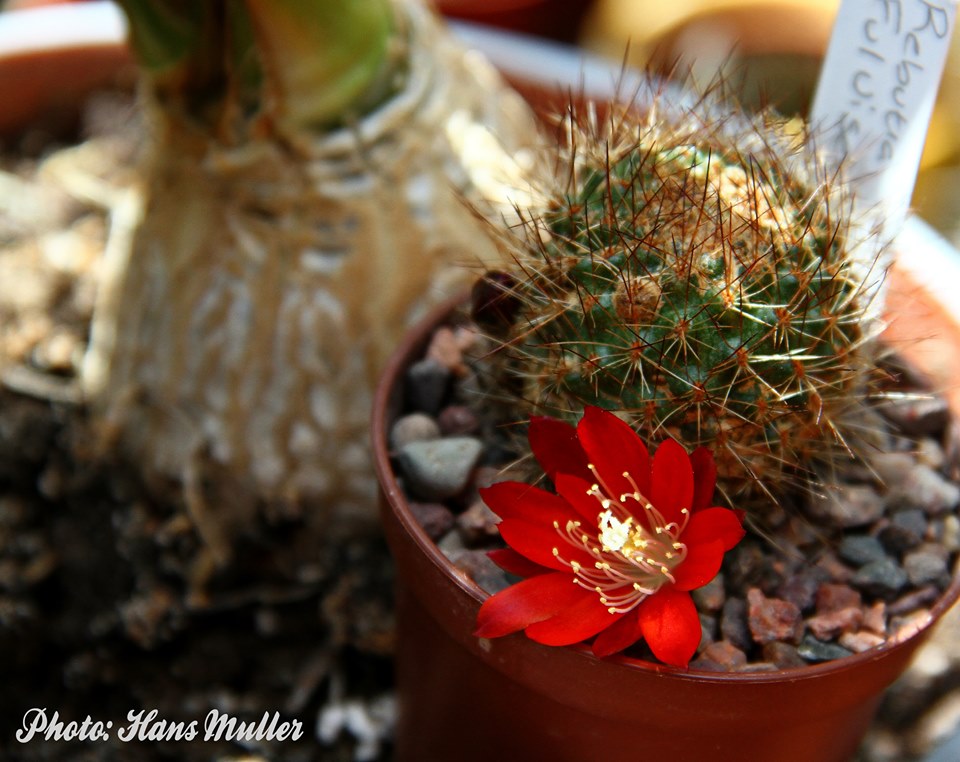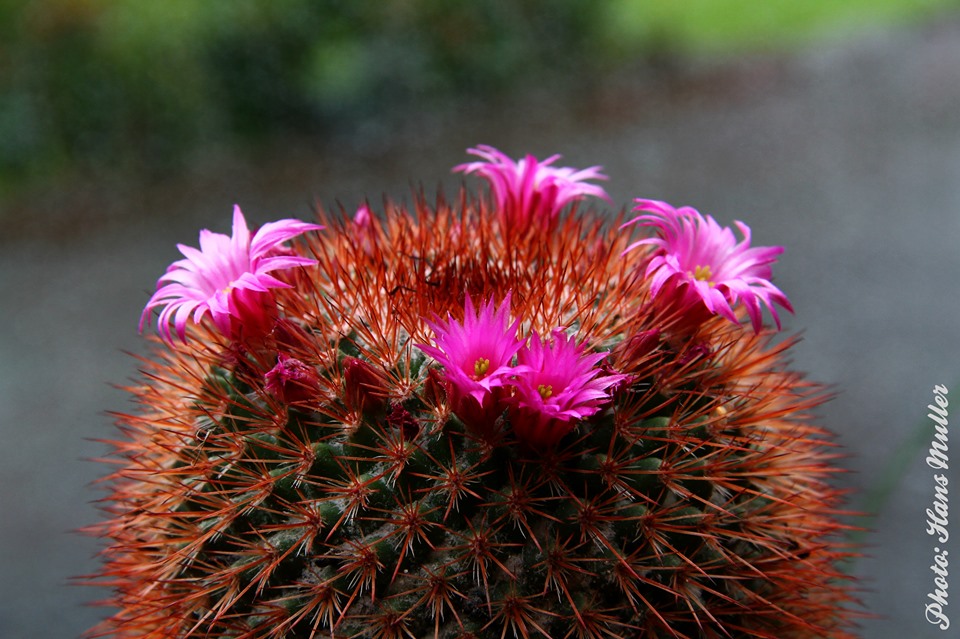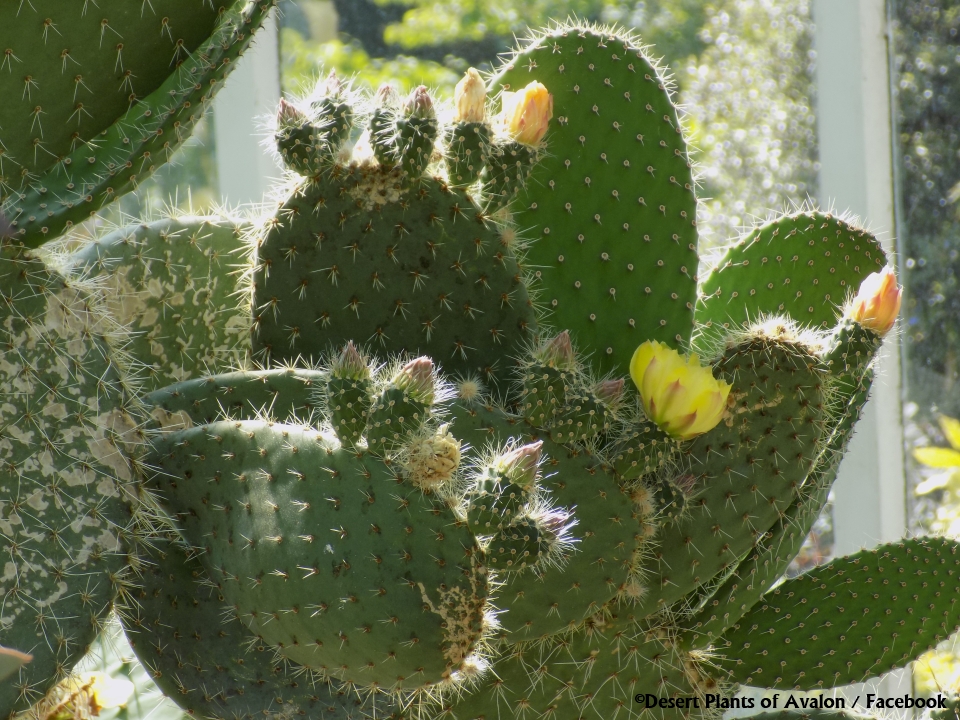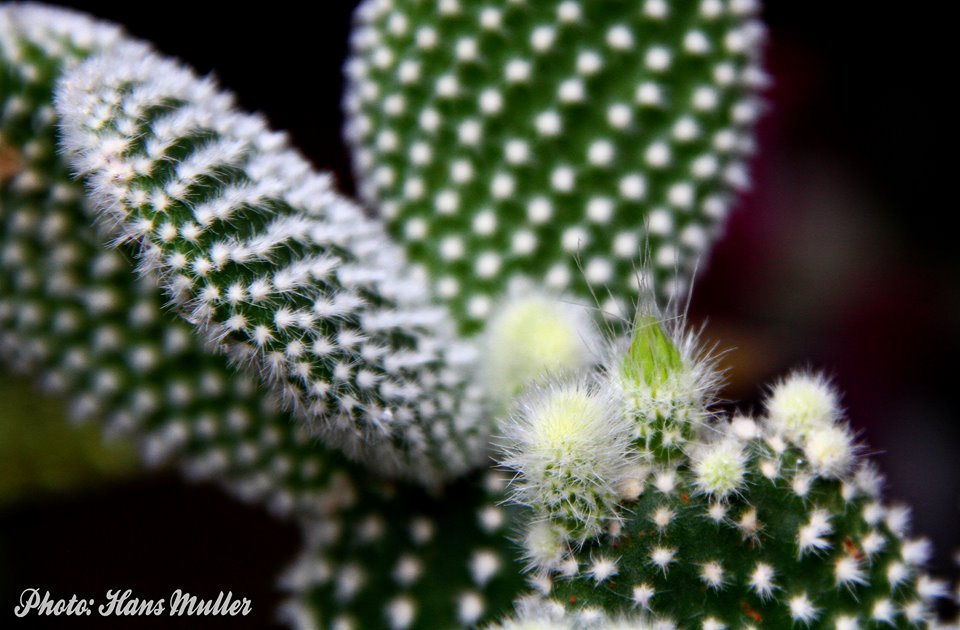Hello Cactus and Succulent growers,
In this Article I will be talking about ‘Can you Grow Cactus Plants in a North facing Window ?’

When we talk about growing Cactus plants in cultivation, we often think of them being sun lovers and needing the sunniest window or position in the garden to thrive, and while this is true for quite a lot of the desert growing Cactus varieties, what do you do if you don’t have a sunny window to grow Cactus plants on and all you have is a sunless window ? and on my You Tube Channel called Desert Plants of Avalon I am often being asked ‘Can you Grow Cactus Plants in a North Facing Window ?’
well the answer to this is both a Yes and No
It all depends on the type of Cactus/Cacti that you want to grow in your north facing window, although the majority of Cacti do love a sunny position there are also Cacti that grow very well in a more shadier position, in fact some cacti actually prefer a more shadier position and will grow and flower much better in either a north or east facing window.
So then what Cactus plants can be grown in a north facing window ?
The Schlumbergera ‘Holiday’ group of Cacti commonly known as the Christmas and Thanksgiving Cacti and also the Rhipsalidopsis Cacti commonly known as the Easter Cactus can be grown very happily in a north facing window, and I know from experience that these ‘Holiday’ Cacti will definitely grow well and flower in a north facing window as long as the window is bright and the light is not overshadowed by larger buildings, I have had my ‘Holiday’ Cacti flower for me in north facing windows, its important to remember though that ‘Holiday’ Cacti are very light sensitive and its the shorter days/nights that trigger blooming for them, and if you have your ‘Holiday’ Cacti in a part of your home that you have the lights on after dark, this may prevent your ‘Holiday’ Cacti from blooming, and a good tip is to place a box carefully over your cacti during the evenings you have your lights on, this will block out the light from your cacti and mimic the natural darkness outside, then remove the box when you turn the lights back off again.


Rhipsalis is another group of Cactus that will grow very happily in a north facing window too, these Rhipsalis Cacti are epiphytic and grow in their natural habitats in Rainforests where they are shaded from direct sunshine, and the majority of them will grow and flower happily in a north window as long as it is bright enough, but in my experience there are some Rhipsalis such as the Rhipsalis pilocarpa that will not flower as readily in a north window and an east facing window may be better if you want to have blooms, but they will definitely grow well and survive in north facing windows, or you can add a plant LED Grow Light over the plants and have the light on for about 3 hours a day during the daylight hours to mimic the sunshine outside for a higher chance of blooming on your Rhipsalis Cacti.
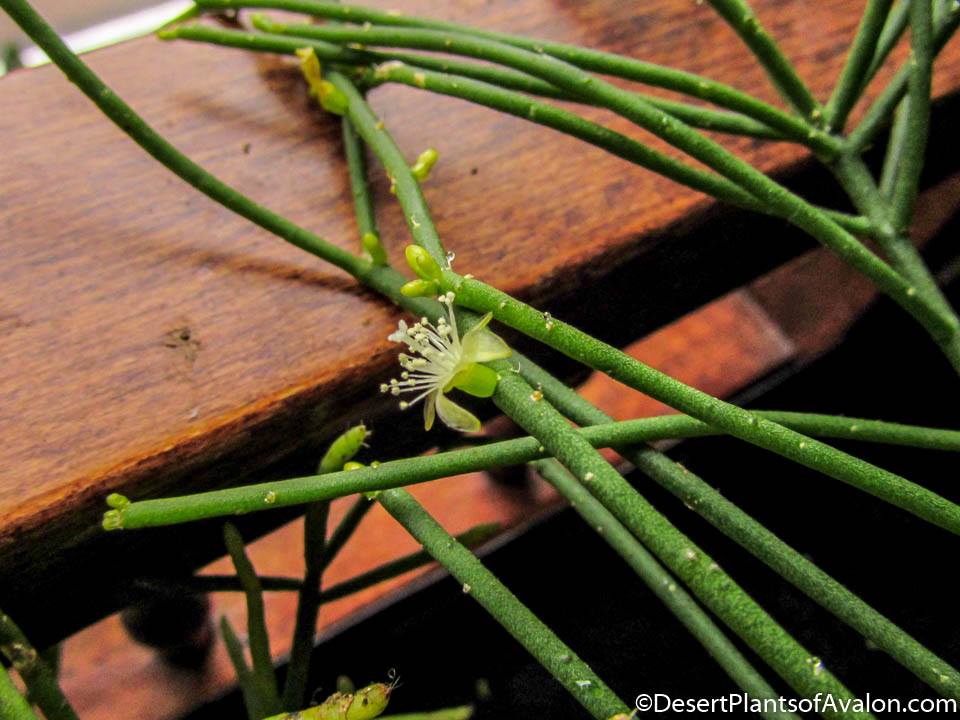
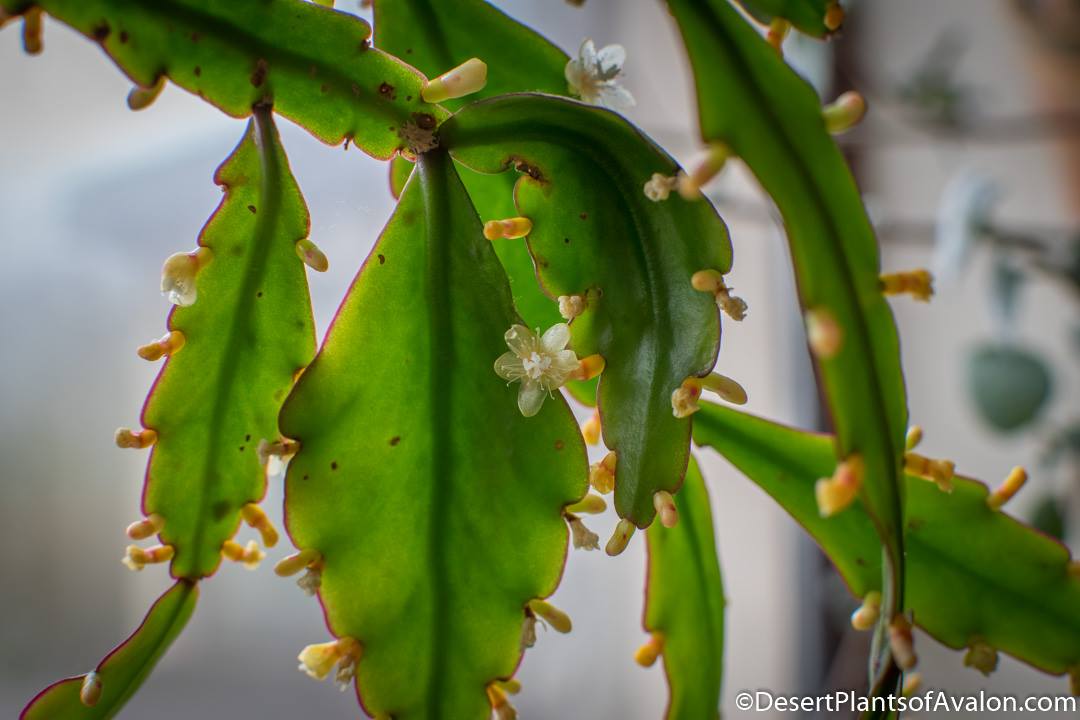
What about the Desert Cacti ?
The Desert Cacti unfortunately can’t be grown and will definitely not flower in a north facing window without the help of additional plant Grow Lights, they can however be overwintered in a north facing window for the Winter rest period from September to April with no problems at all, as long as they can be kept cool and dry with no water given to them during the Winter months, watering the Desert Cacti during the winter will encourage thin spindly growth and possible rot, and as long as you can move your Desert Cacti to a sunny window or position during the Spring and Summer for their growing period, then its perfectly fine to overwinter Desert Cacti on a north facing window, however I would still recommend adding a plant LED Grow Light for Desert Cacti in north facing windows over the winter to give them a boost of artificial ‘sunshine’ as this will help to encourage more blooms on your cacti in Spring and Summer.

But what if I only have a north facing window and I can’t move my Desert Cacti outside for Spring and Summer ?
Well the good news to this is that there is always a way around everything haha, and if all you have is a north facing window and you don’t have any sunny windows or a garden or balcony to move your Desert Cacti in Spring and Summer, then what you can do is install a LED Plant Grow Light/s there are many excellent ones on AMAZON, but personally the ones I would highly recommend for growing Cacti would be the top notch quality Grow Lights from Mars Hydro or Spider Farmer, both of these companies produce excellent plant LED Grow lights and are available to purchase on AMAZON, and although they can be pricey to buy initially, they are a fantastic investment for your Cactus plants, and I know a lot of you may be worrying about the cost of having Grow Lights on for your Cacti especially with all the recent rising costs with electricity, they are very cost effective as most of these Grow Lights will give off 1000 Watts of bright artificial sunlight but only consume 50Watts of actual electricity, and if you are placing these lights in a north facing window that is bright but sunless, you only need to have these lights on for around 4-6 hours a day to mimic the amount of direct sunshine these cacti would normally receive in a sunny window, by the use of grow lights you will definitely be able to grow your Desert Cacti in north facing windows and you will get them to flower for you too.
I hope you found this Article helpful and here is a video below that I have made for my You Tube Channel called Desert Plants of Avalon on ‘Can you Grow Cactus Plants in a North Facing Window ? ‘
For lots more Tips and Tricks on How you can care for Cacti and Succulents then please do check out my You Tube Channel called Desert Plants of Avalon by clicking HERE
Thanks so much for reading and wishing you ALL a fantastic Plant Powered day or evening.
